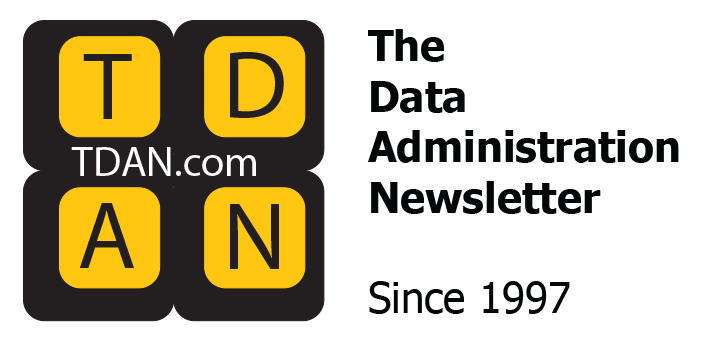 Jack was right in the movie A Few Good Men – It is not easy to understand that a practice that we have been practicing for decades needs to face the truth. It is evident that the classic approach formulated as a result of the 2008 crisis is in a crisis, so much that people are trying to re-name it.
Jack was right in the movie A Few Good Men – It is not easy to understand that a practice that we have been practicing for decades needs to face the truth. It is evident that the classic approach formulated as a result of the 2008 crisis is in a crisis, so much that people are trying to re-name it.
Several practitioners like Bob Seiner and myself have tried to distinguish our approach (“Non-invasive”, “Federated”, “Business-driven”, etc.). For many business, Data Governance 1.0 has become an item to avoid as it is too theoretical and does not bring tangible value.

What went wrong with Data Governance 1.0 and what is Data Governance 2.0? To be fair, the components of Data Governance continued to be used in innovation in areas such as Data Science, Analytics, etc. But is there a dissonance between the “Enterprise/Establishment” view and the budding minority?
Yet, everyone agrees that Data Governance components (e.g. Stewardship, Lineage, Data Quality) are needed to solve and go beyond a business unit narrow view, as well as unlock the Strategic value from taking of Data as an organizational asset. Organizations must embrace Data Governance 2.0 which focuses on operationalization and solving Business Problems.
Along with that, the classic concept of the Data Governance Council must change to ensure that the view of practitioners is brought in for sustainability. Data Governance components must move from a theoretical best practice to solving problems for the business in order to bring Data producers and Data consumers into the Eco-System as partners. You can’t connect Metadata if you don’t have access to it. Frameworks are important but Data Governance 2.0 is about understanding the business problem and using components of Data Governance to support the solution and not apply a one-size-fits-all approach, which gives the perception of theoretical.

What are your thoughts about Data Governance transitioning from 1.0 to 2.0? Feel free to leave your comments below. Thank you for being a part of the TDAN.com community.
